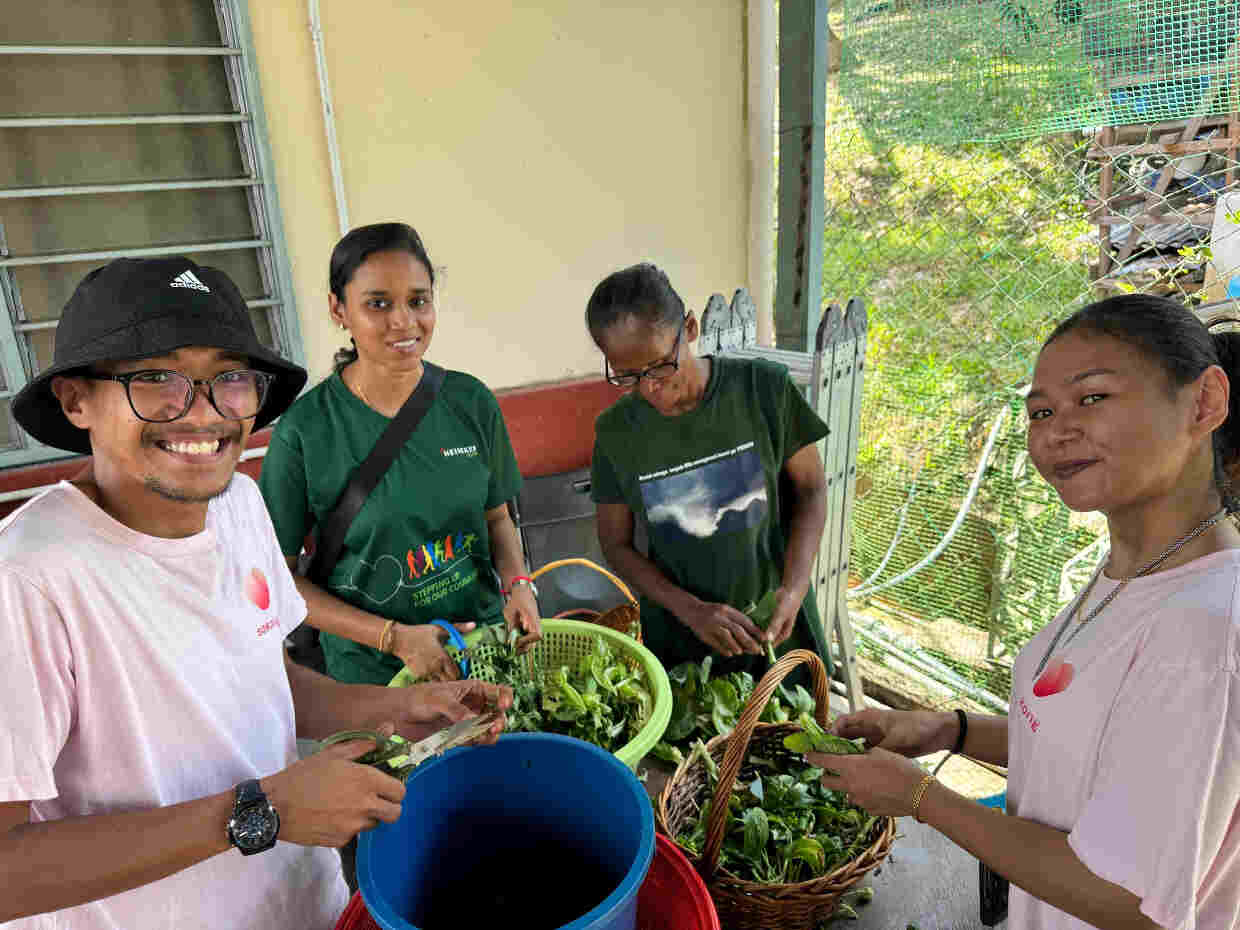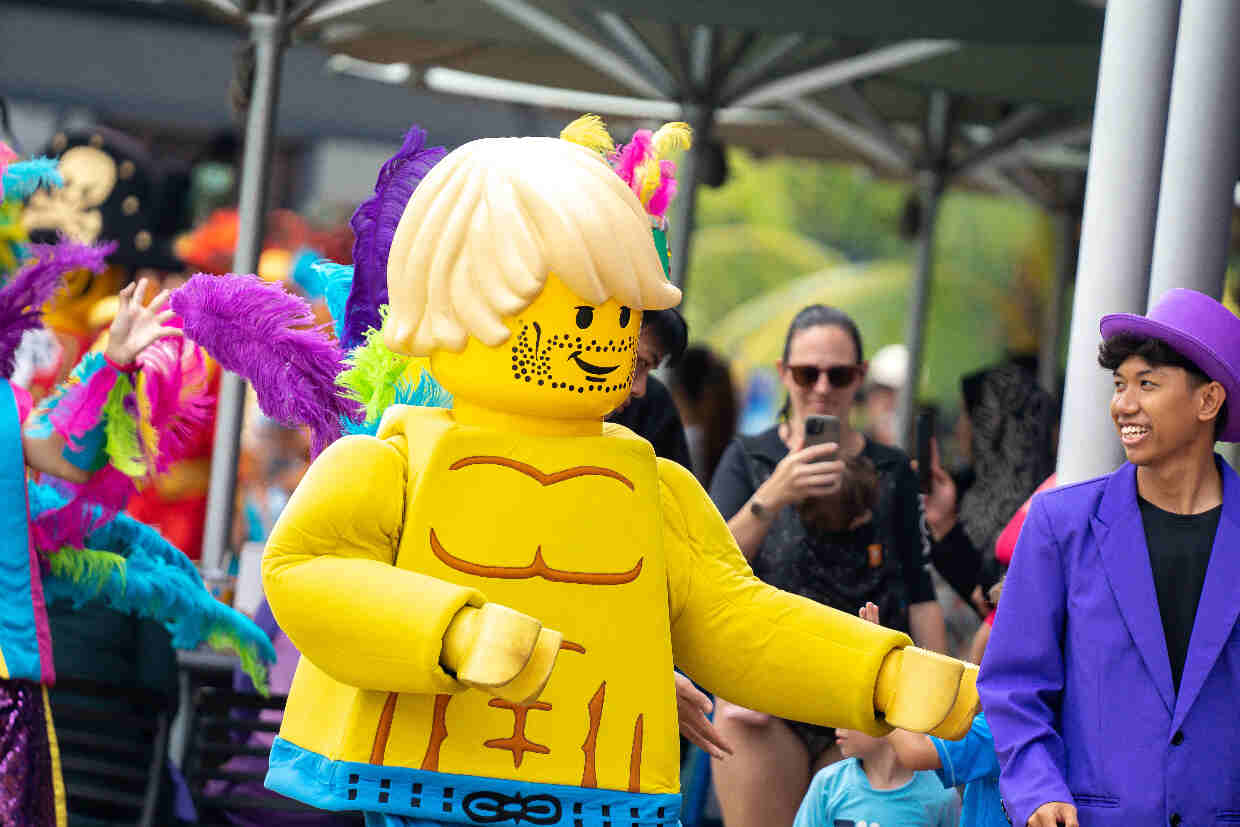The recommendations will be implemented next year. Announcing them yesterday at the International Crime Prevention Conference, Minister of State (Home Affairs) Masagos Zulkifli – who headed the working group – reiterated that youth crime here is “largely under control”.
According to Mr Masagos, over the last five years, the average number of youth arrests have remained stable at about 4,000 per year, accounting for 22 per cent of total police arrests. “Shoplifting is the most common offence committed by youths arrested,” Mr Masagos noted.
Over the past year, the working group held a series of dialogues with parents, social workers, teachers, students and reformed young offenders as well as visited the United Kingdom and United States to study how they tackle youth gangs.
Mr Masagos said: “The first thing that we have learnt is that we should not be seized by moral panic. A single incident should not cause us to act so hard and so tough on the youths that they cannot go out at night or they get stopped by police at every street corner. In other countries, it breeds distrust and dislike of the police, when actually police and youth can work together.”
The working group also “established that youth gangs in Singapore are loosely organised street corner gangs with fluid membership”.
Mr Masagos added: “Even though some youth gangs adopt the names of secret societies or traditional gangs to gain recognition and ‘credibility’ within the inner circle, they are not part of the traditional gangs. They generally operate without specific aims and often fight over trivial matters.”
Noting that “most youths grow out of gangs eventually”, Mr Masagos said that the main reasons why youths turn to gangs were to “make friends, for company and to feel a sense of belonging”.
Mr Masagos said: “The majority said that they would not find it difficult to leave the gang.”
He explained that the recommendations centre around investing more in “preventive and diversionary measures”, increasing police powers and penalties, and enhancing coordination among schools, police and the Ministry of Community Development, Youth and Sports to help youths at risk and assist those in rehabilitation.
Additional licensing conditions on places frequented by youths also include tightening the age restrictions and operating hours when students in uniform are allowed to patronise the outlet. Low-risk youths arrested for gang involvement may also have to attend a mandatory intervention programme – which includes counselling – in lieu of prosecution.
But Mr Masagos stressed that the key lies at home.
Mr Masagos said: “What is clear is that we must ensure that our society remains strong and healthy, with families playing a key role in transmitting good values to our young.”
He added: “When youths go astray, it is the parents who are most effective who can bring them back by working with social workers and the authorities.”
Some recommendations
1) Giving greater powers to police and courts to deal with youth gangs.
2) Tightening regulations on public entertainment outlets where youths frequent.
3) Enhancing the StreetWise Programme – a voluntary programme for youth associated with gangs – to include additional conditions such as physical reporting to the police, close monitoring of attendance at school or work, restrictions on places which the youth can visit and people he can associate with.
4) Enhancing anti-gang programmes in correctional institutes.
5) A compulsory community supervision regime for youth gang members
6) Greater parental involvement, where appropriate, in intervention programmes












